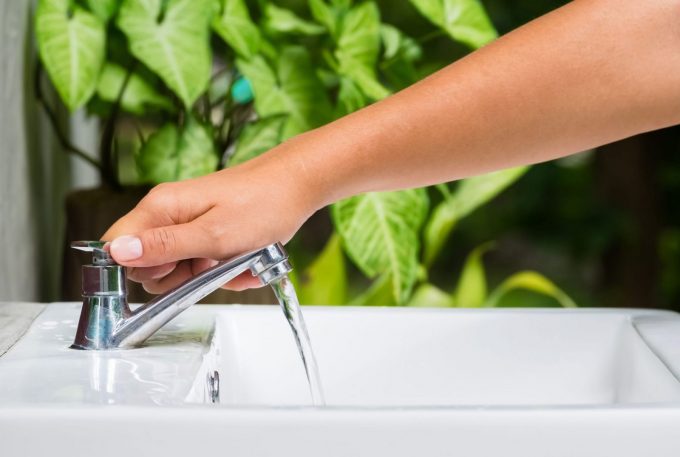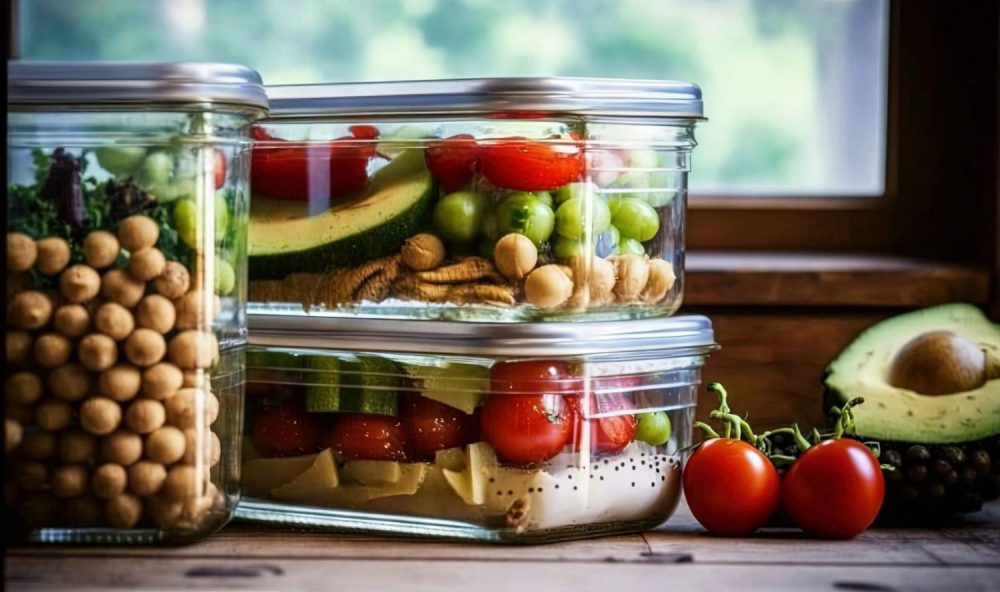Your Guide to Green Living: Easy Eco-Friendly Tips for Every Household
April is Earth Month, and it’s the perfect time to appreciate our wonderful planet and start thinking how we can all do our part to keep Mother Earth happy and healthy. Every day, we have a chance to make a difference by making small, conscious choices in our lives – and it all starts at home. Here’s a list of simple things that you can do to make your home eco-friendlier.
1. Switch to Glass Containers
Plastic waste is a major contributor to environmental problems we’re facing today. One of the simplest, but most effective changes that you can make is to switch from disposable plastic containers to reusable ones, and if you want to take things up a notch, go for glass! They help reduce your waste impact, plus, glass is chemical-free, which means no more nasty toxins leaching into your food.

2. Bring Your Own Water Bottle
Single-use plastic bottles contribute to a huge amount of waste that pollute our planet. Swapping out plastic water bottles for a more earth-friendly option reduces plastic waste that goes to the oceans and landfills, plus, it helps you stay hydrated throughout the day. And the best part? The options are endless. These days, reusable water bottles come in all sorts of shapes, sizes, and designs – from insulated options that keep drinks icy cold for hours to BPA-free choices that keep your health in check.

3. Reduce paper waste
Cutting down on the amount of paper you use is not only environmentally friendly, but also economically smart. One effective approach is to opt for digital options, such as paying bills online and switching to paperless billing. By doing so, you can eliminate the need for physical paper copies, which helps conserve paper and reduces clutter in your home. Another way to reduce paper waste is to use reusable materials, such as cloth napkins and washable rags, instead of paper towels. And while printing may be necessary at times, it’s important to think before you print. When printing is a must, be sure to print double-sided and use recycled paper.

4. Save energy
It’s easy to get into the habit of conserving energy – just switch off the lights and unplug electronics when not in use. Not only does this practice save energy, but it also helps reduce electricity bills. You can even take it a step further by switching to energy-efficient light bulbs, like compact fluorescent lamps ( CFLs ) and light emitting diodes ( LED ) lights. Though they may seem to have a higher upfront cost, they consume less energy, emit less heat, and last longer compared to traditional bulbs.

5. Conserve water
Saving water has become increasingly crucial in recent times, especially in our country wherein some regions are experiencing a water shortage crisis. One of the simplest yet most effective things to do is to turn off the faucet when not in use. This is especially important when brushing one’s teeth, as leaving the tap running can waste a lot of water. Studies have shown that turning off the faucet while brushing can save up to 8 gallons of water daily. But conserving water isn’t just about turning off the tap. Simple adjustments to daily routines, such as shortening showers, fixing leaky faucets as soon as possible, and running washing machines only when fully loaded are great ways to reduce water consumption. Remember, every drop counts.
Taking steps to protect the environment does not have to be challenging. By practicing these five simple yet effective habits into your daily life, you can help foster a greener and healthier planet. Doing our part can be as easy as reducing our energy consumption and being conscious of our water usage. We owe it to ourselves and future generations to show our planet some love – so, go ahead and try out these tips not just during Earth Month, but all year round. Happy Earth Month!




